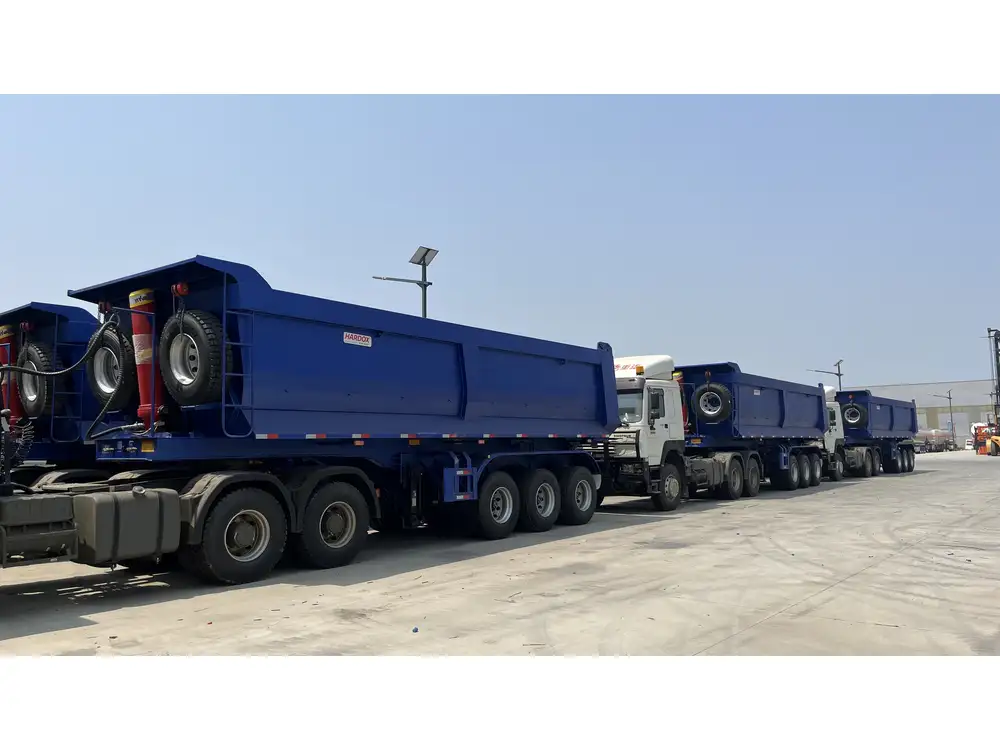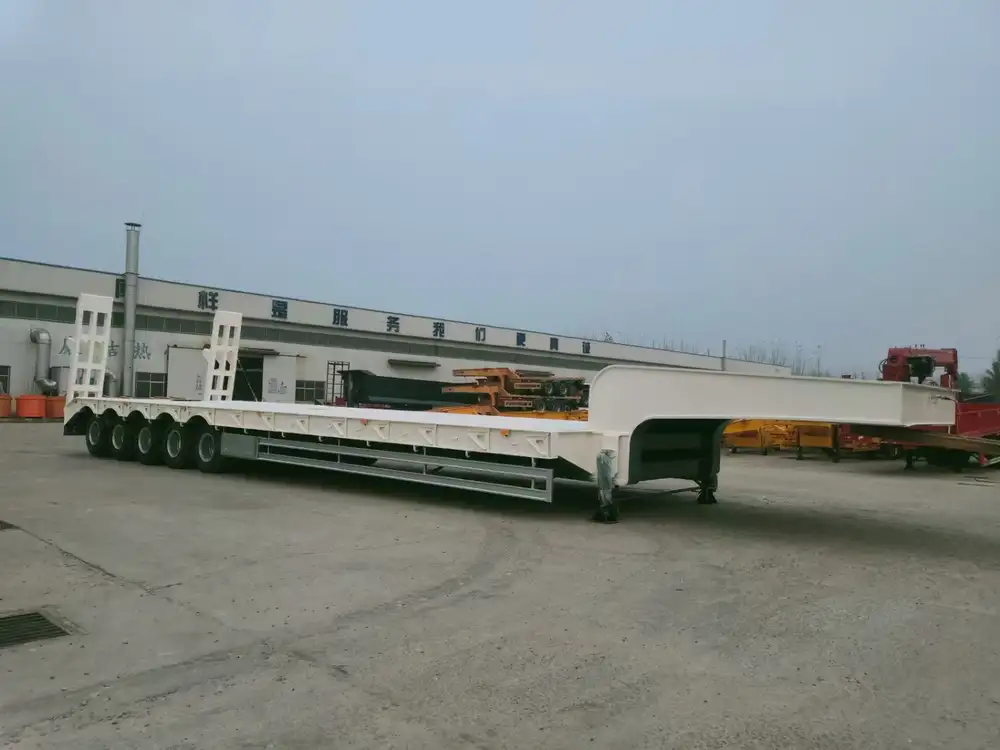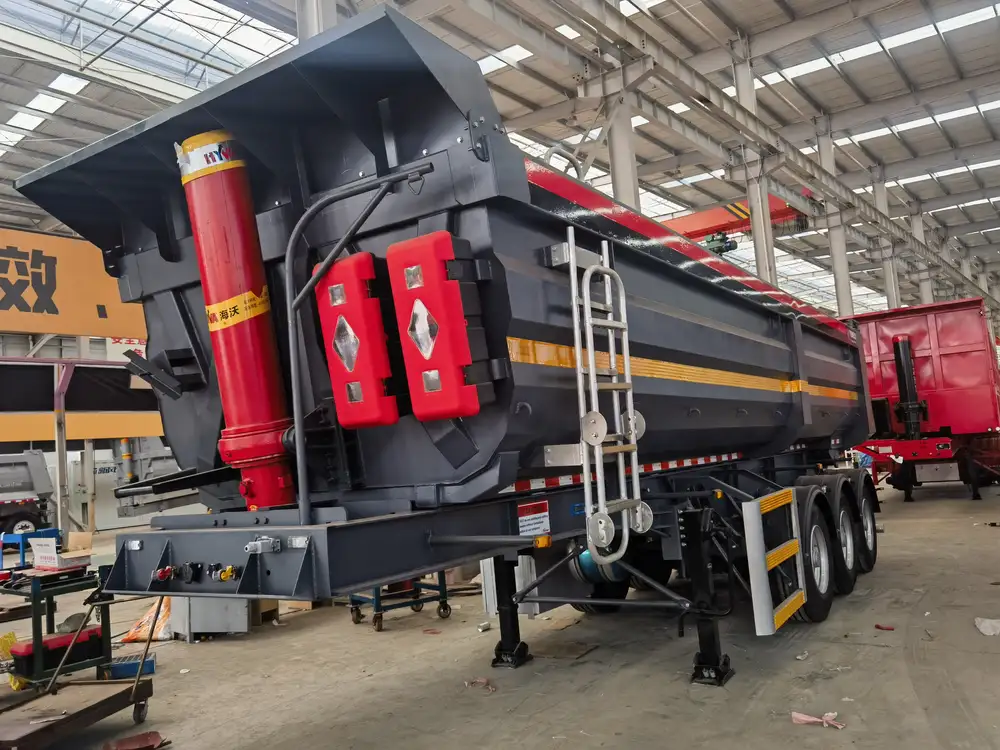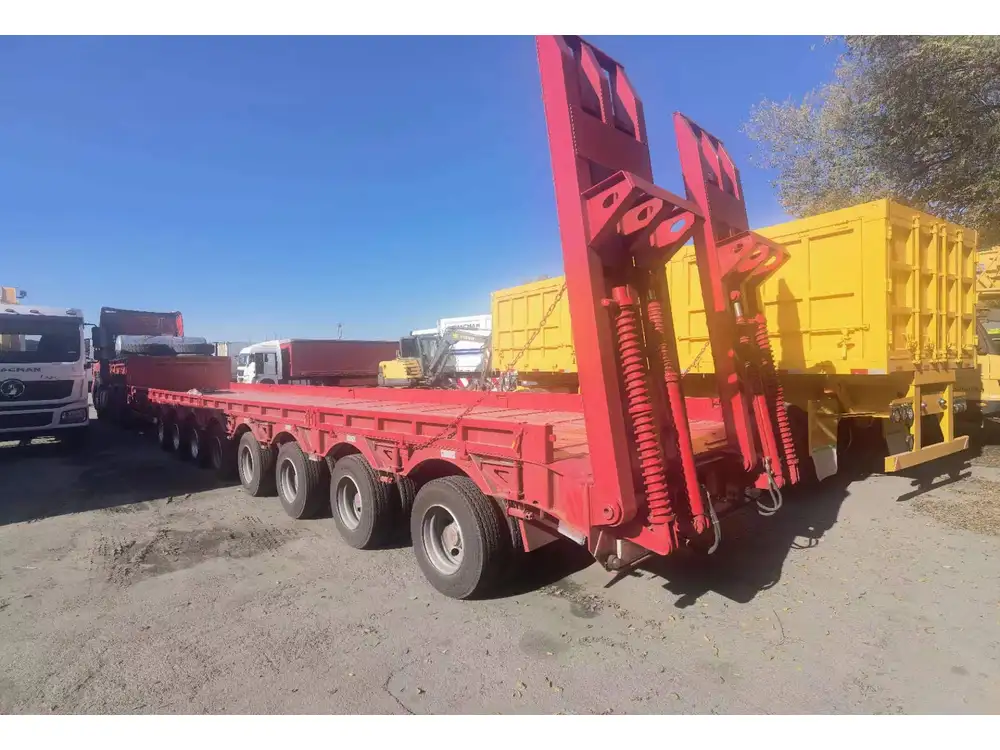In the bustling world of logistics and transportation, renting a semi truck and trailer can be an excellent solution for businesses seeking flexibility and capacity without the commitment of ownership. This guide is designed to navigate the complex landscape of semi truck and trailer rentals, ensuring that your journey in logistics is as smooth as possible. We will discuss everything from identifying rental providers to understanding costs, and essential features that suit your needs.
Understanding the Need for Rentals
Before delving into specifics, it’s crucial to understand why businesses opt for renting semi trucks and trailers. Companies often face fluctuations in freight demand, necessitating scalable solutions. Here, we highlight some scenarios where rentals can be particularly advantageous:
- Seasonal Demand: Businesses experiencing surges during certain seasons may find renting offers an efficient way to accommodate higher freight loads.
- Long-Distance Moves: Expanding operations or conducting extensive road trips often require additional transport capacity.
- Testing Equipment: Rentals allow businesses to test various models without the upfront costs associated with purchasing.
Benefits of Renting vs. Owning
| Aspect | Renting | Owning |
|---|---|---|
| Initial Cost | Lower upfront costs | High down payment required |
| Maintenance | Often covered by rental companies | Owner responsible |
| Flexibility | Easily adjust fleet size | Commitment to a fleet |
| Depreciation | None | Depreciation of assets |

Common Issues Addressed
Planning Rental Duration: Understanding your specific needs helps in determining rental duration—daily, weekly, or monthly.
Insurance Concerns: Ensure you comprehend the insurance options provided by rental companies to mitigate liability risks.
Types of Semi Trucks and Trailers Available for Rent
The world of semi trucks and trailers is vast, with a myriad of options available to address different hauling needs. Here, we categorize the main types:
Semi Trucks
- Day Cab Trucks: Short-distance hauling without sleep compartments—ideal for local deliveries.
- Sleeper Trucks: Feature living space, perfect for long-haul routes where drivers need to rest.
- Flatbed Trucks: Designed for transporting oversized goods, offering easy loading from the top or side.

Trailers
| Trailer Type | Description | Best Used For |
|---|---|---|
| Dry Van Trailers | Fully enclosed trailers for general freight. | Standard freight needs. |
| Refrigerated Trailers | Insulated and temperature-controlled for perishable goods. | Foods, pharmaceuticals, etc. |
| Lowboy Trailers | Designed to carry heavy equipment and machinery. | Construction equipment transport. |
Leading Companies for Semi Truck and Trailer Rentals
Numerous companies specializing in semi truck and trailer rentals offer a variety of solutions. Below, we identify key players and their services:
1. Penske Truck Leasing
- Offerings: Comprehensive fleet with both trucks and trailers.
- Notable Features: Flexible rental plans and 24/7 roadside assistance.
- Service Areas: Nationwide coverage with various locations.

2. Ryder
- Offerings: A vast range of rental vehicles tailored for different industries.
- Notable Features: Maintenance included in rental agreement, fuel efficiency monitoring.
- Service Areas: Operates in Canada and the U.S.
3. Enterprise Truck Rental
- Offerings: Focuses on accessibility with easy pick-up and drop-off options.
- Notable Features: No minimum rental period, making it great for short-term needs.
- Service Areas: Locations throughout North America, making it convenient for most.
4. U-Haul
- Offerings: More consumer-oriented but increasingly offering larger trucks.
- Notable Features: Cost-effective solution for smaller moves.
- Service Areas: Extensive network across the U.S. and Canada.

Pricing Overview
| Company | Hourly Rate | Daily Rate | Weekly Rate | Monthly Rate |
|---|---|---|---|---|
| Penske | $25 – $50 | $100 – $150 | $450 – $600 | $1,500 – $1,800 |
| Ryder | $30 – $60 | $120 – $180 | $500 – $700 | $1,600 – $2,000 |
| Enterprise | $25 – $55 | $90 – $130 | $400 – $550 | $1,300 – $1,600 |
| U-Haul | $19.95 + mileage | $29.99 | $200 – $400 | $800 – $1,200 |
Note: Rates vary based on location, demand, and vehicle type.
The Rental Process: Step-by-Step
Renting a semi truck and trailer doesn’t have to be a daunting task. Follow these steps to streamline your experience:
Step 1: Assess Your Needs
Evaluate your specific transportation requirements. Consider capacity, distance, and type of cargo.

Step 2: Research Providers
Analyze and compare rental companies based on fleet options, pricing, and their service reputation.
Step 3: Obtain Quotes
Request quotes from multiple sources to identify competitive pricing and potential discounts for longer rentals.
Step 4: Review Terms and Conditions
Thoroughly read your rental agreement, taking note of insurance liabilities, maintenance responsibilities, and cancellation policies.

Step 5: Inspect the Equipment
Before accepting the vehicle, inspect it for damage, and ensure all operational features are functional.
Step 6: Finalize Insurance Coverage
Opt for supplemental insurance if applicable, to secure yourself against unexpected damages.
Step 7: Arrange for Return
Be clear on return policies, including fuel levels and cleaning requirements to avoid additional charges.

Overcoming Common Rental Pitfalls
Despite your preparation, obstacles may arise during your rental journey. Recognizing these potential pitfalls can prepare you to navigate or mitigate them effectively.
Unexpected Repairs
Always inquire about the rental agency’s maintenance policies. Comprehensive support can save time and money.
Last-Minute Availability
Rentals close to your desired dates can be scarce. Plan ahead to ensure availability of the truck and trailer type you need.

Hidden Fees
Be vigilant about understanding the full cost of your rental. Look out for fees related to mileage, fuel, and insurance waivers.
Additional Tips for Successful Rental Experience
- Utilize Technology: Many companies offer apps for managing rentals, tracking vehicle status, and obtaining roadside assistance.
- Negotiate: Don’t hesitate to ask about discounts, especially if you’re dealing in bulk or long-term rentals.
- Drive Safely: Familiarize yourself with the vehicle before hitting the road. Consider taking a short drive in a safe area to get accustomed.
- Keep Documentation Ready: Have all necessary documents, including your driver’s license and rental agreement, readily available.
Conclusion
Renting a semi truck and trailer offers a practical solution for businesses seeking flexibility and rapid access to transportation resources without the complications of ownership. By following the steps outlined above and being mindful of common challenges, you can efficiently navigate the rental process. Whether you’re making local deliveries or embarking on long-haul journeys, understanding your options ensures that your logistics operations remain seamless and successful. If you’re ready to rent a semi truck and trailer, take these insights to heart, and begin your journey with confidence.



